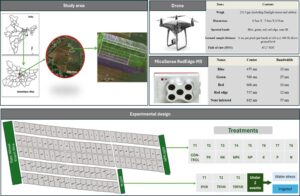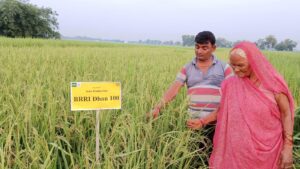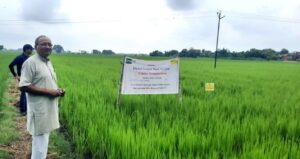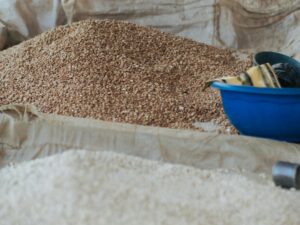Malnutrition is linked with heavy dependence on monotonous cereal staples without much dietary diversification or nutrient supplementation. Even though significant efforts have been made over the last six decades to improve production and productivity in most food crops, it lacked associated nutritional improvement. Biofortification of cereals with elevated levels of essential micronutrients, vitamins, and reduced levels of toxic elements help to address malnutrition and is a cost-effective approach in reaching target groups, especially rural populations.
Worldwide more than 2 billion people are affected by micronutrient deficiencies and most of them are residing in the developing countries of Asia, Africa, and Latin America.
Malnutrition is linked with heavy dependence on monotonous cereal staples without much dietary diversification or nutrient supplementation. Even though significant efforts have been made over the last six decades to improve production and productivity in most food crops, it lacked associated nutritional improvement.
So, the modern varieties do not have enough variability for several nutrients, making poor rural populations vulnerable to micronutrient deficiencies. More than two dozen mineral elements, vitamins, antioxidants, and health beneficial compounds must be supplied in optimal quantities daily for normal growth and development of humans.
Biofortification of cereals with elevated levels of essential micronutrients, vitamins, and reduced levels of toxic elements help to address malnutrition and is a cost-effective approach in reaching target groups, especially rural populations. The sustainable development goals and the Lancet Commission Report have emphasized the need for promoting nutritious diets to eradicate malnutrition.
Among these, deficiencies of iron (Fe), zinc (Zn), and vitamin A are major global health problems. As successful examples, one high Fe rice and several high Zn rice varieties have been successfully released for commercial cultivation. Presently we have a better understanding of the genetic, physiological, and molecular basis, as well as the influence of environmental factors on nutrients accumulation in cereal grains.
However, there is a need to integrate our understanding to achieve the goals of biofortification and review the current progress and the prospects for nutritious crops. In this Research Topic, we selected manuscripts on various aspects of nutritional improvement in cereals. Fourteen articles published in our special editorial topic, five of them provided updated review of cereals nutritional enhancement, and nine of them were original research articles on understanding the molecular basis of different grain nutrients and grain quality traits in cereals.
Download the e-book:
Swamy BPM, Marathi B, Ribeiro-Barros AIF and Ricachenevsky FK (2021) Editorial: Development of Healthy and Nutritious Cereals: Recent Insights on Molecular Advances in Breeding. Front. Genet. 12:635006.






